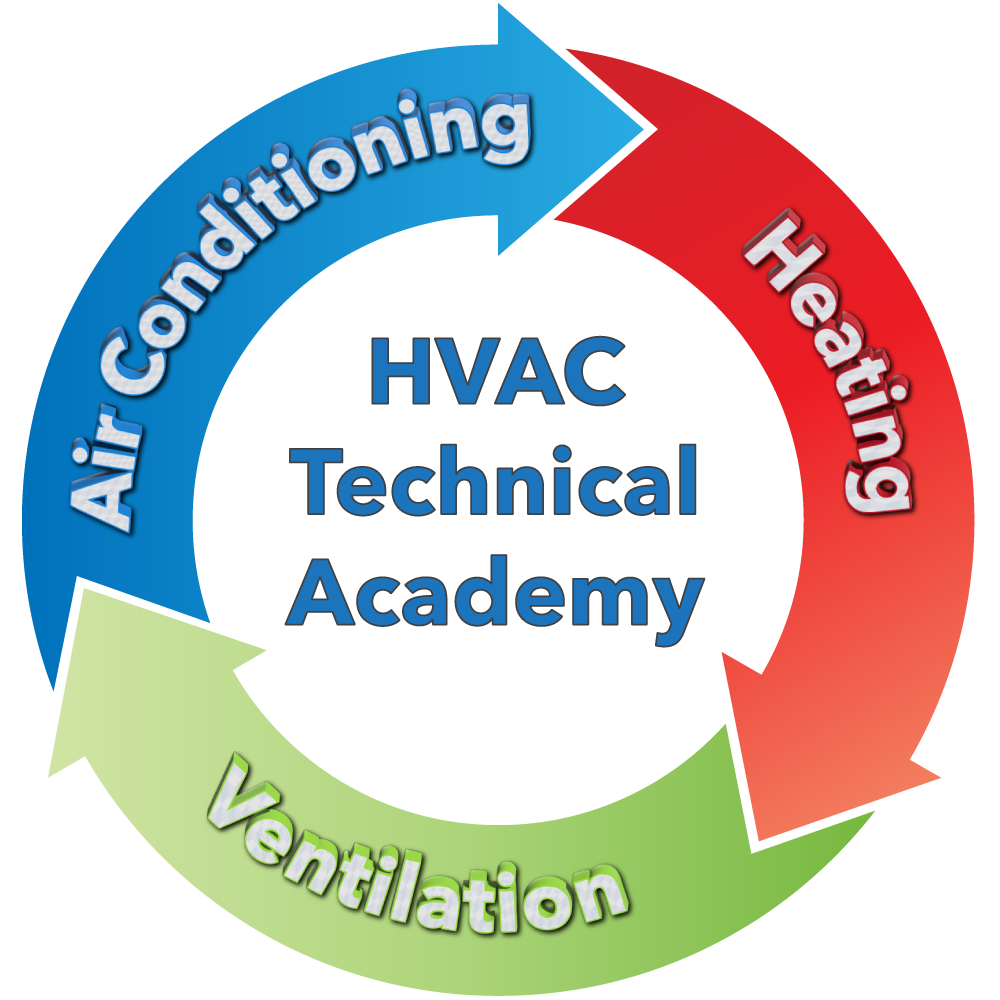PM maintenance allows each to take advantage of their tools, individual insight, and customer service, all at the same time. Talk about a huge advantage!
HVAC Technical Academy
HACTA: Flexing like a Pro
Once the split system has been installed, all participants get involved with building a distribution box, incorporating collars, running flex, handling mastic, and ensuring proper air flow. Extra shirt required!
HACTA: Andrew in the House
One of the awesome things about HVAC Technical Academy are the mentors. Together, Andrew and Robert offer over 60 years of HVAC experience. To each participant’s advantage, their knowledge and practical applications lift everyone.
HACTA: Box Building
We begin with the basics… how to measure, how to cut, how to fold, and how to clean the existing air handler, all the way air flow specifications. For many HVAC companies, having this skill is a must-have!
HACTA: Accidents Happen
HVAC technicians oftentimes take the role of electrician, plumber, carpenter, and all-around handy person. Truth is, care must always be part of the HVAC equation.
HACTA: System Swap Continues
Throughout the following weeks all will have the opportunity to build distribution boxes, run flex, attach registers, perform troubleshooting, and get down with multiple preventive maintenances. Naturally working on gauges happens daily.






